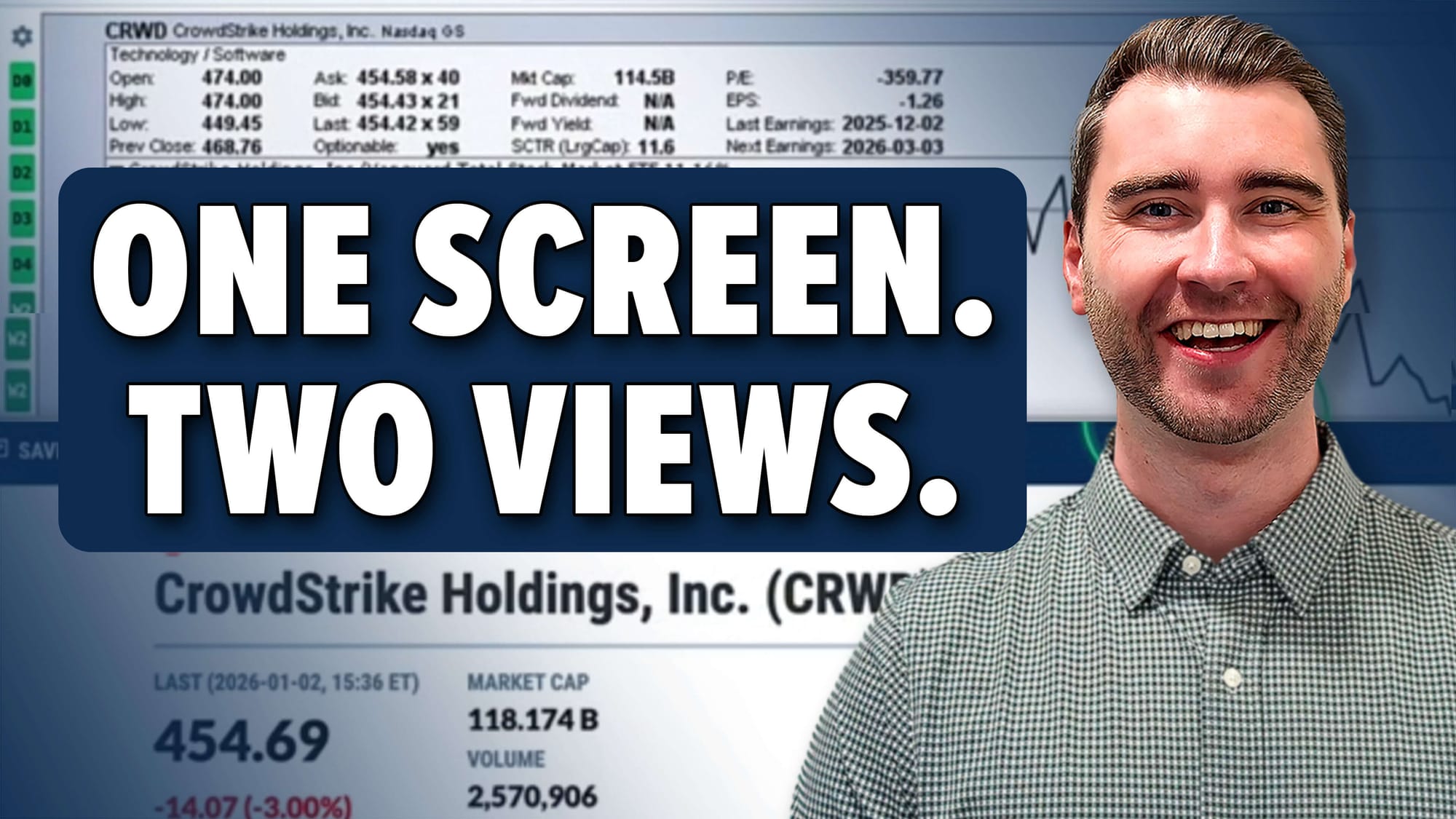StockCharts Insider: Should You Start with a Blank Chart or Pre-Loaded Indicators?
Before We Dive In…
Should I start with a blank chart or one pre-loaded with indicators? It’s a good question. There are pros and cons to both, and it depends on what you’re trying to do. In this quick post, I’ll break everything down so that you can figure out which charting method actually works for you.
It’s About More Than Just Preference
If you were to ask most traders which setting to start with, they would probably say that it’s a matter of personal preference. But there’s a lot that goes into this decision. If you casually default to one, you might miss the unique advantages of the other. So let’s go a little deeper on this topic.
Starting from Scratch
Indicators are designed for specific functions and market environments. With that said, they come with pre-loaded insights. Maybe that’s what you’re after, or perhaps you want to start from scratch. So what are the benefits of starting with a blank chart?
- No bias: You see pure price action with no additional distractions.
- Helps pattern recognition: It might be easier to spot chart patterns when there are no indicators on the screen.
- Makes you think first: Starting with the structure of price, you can then decide which indicator might better suit the conditions (e.g. a trend indicator, volume-based indicator, an oscillator to measure sideways movement, etc.).
Overall, it’s more adaptable.
In short, starting with a blank chart is a more adaptable approach. You begin with what you see, decide on your market “thesis,” and build up your indicator combinations to test your thesis while identifying key technical levels, like entry and exit points.
Now, what are the benefits of starting with pre-loaded indicators?
Certain indicators, like the Relative Strength Index (RSI), Moving Average Convergence/Divergence (MACD), and the 50-day and 200-day Simple Moving Averages, come pre-loaded in many charting platforms. How might those help?
- It’s consistent: Applying these basic indicators across multiple stocks can give you a better framework for comparison.
- Saves you time: These indicators provide quick insight into a stock’s trend and momentum.
- Helpful for beginners: If you’re still getting the hang of technical indicators, starting with trend and momentum is a solid move. In some cases, it may be all you need.
And That’s a Wrap
In the end, you’ll have to decide whether you want to build a technical setup from scratch or lean on basic tools right out of the box. There’s no one-size-fits-all here. Starting with a naked chart gives you more flexibility and clarity, while using a pre-loaded one gives you more speed and structure. In short, there’s no wrong answer here.
However, it’s not just a matter of preference; it’s a matter of adapting to the needs of the situation. So be flexible enough to use either method when the market calls for it.
Now go build your chart.











